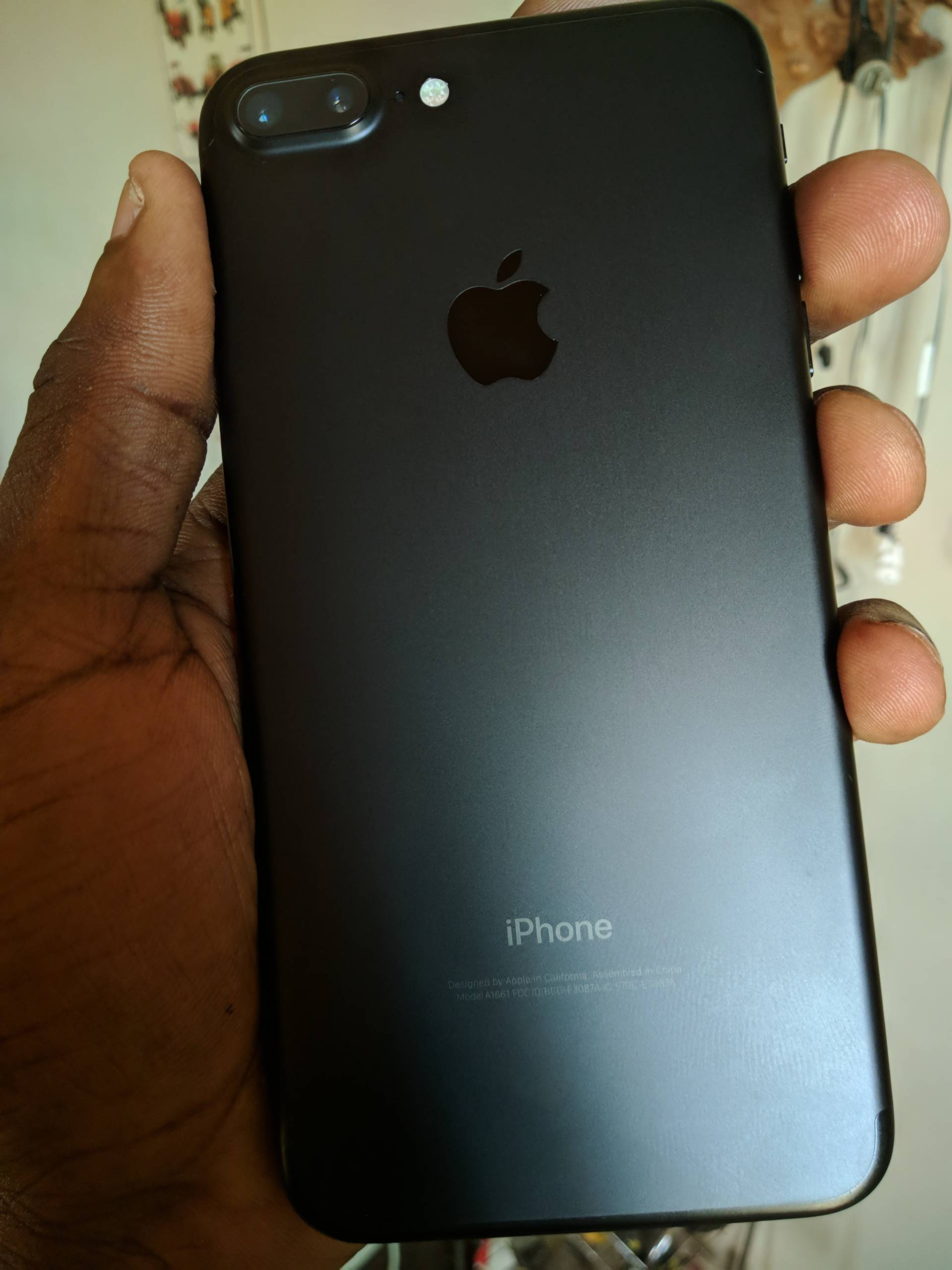Whether it’s iPhone or any other type of smartphone, often these devices have problems with the 3G or 4G signal (depending on the case). Of course, this happens when you probably need your phone more, so it’s good to know some trick to try and fix the signal as quickly as possible.
But what are the reasons why the line, from time to time, makes a tantrum? Is this the device in question or are they problems independent of the device?
Line problems for your iPhone? The reasons can be multiple
Even before analyzing every possible problem, do the logical thing – restart the iPhone. It may seem obvious, but most of these problems are simply solved in the “old way”.
Nowadays we are used to rarely restarting the smartphone, although, in reality, it is often a real cure for problems of this kind (and not only).
Turning off and on your iPhone, you can restart it, completely restarting the operating system. Sometimes, in this way, a process is interrupted that gives problems to the reception and everything is solved.
Check for network interruptions
If the reboot of your iPhone has no obvious effects, you have to roll up your sleeves and find the root of the problem. There is also the very remote probability that your operator is experiencing some kind of problem with the structure of the network. If this is the case, there is not much you can do apart from waiting for repairs to be completed.
The services in question usually have emails, online assistance or toll-free numbers to call for more information or simply to report an interruption.
Reset network settings
Once the service works correctly, the next step is to restore the network settings of your iPhone. Sometimes technology is inexplicable and certain parameters simply change independently of our will.
When in doubt, you can reset network settings by deleting all saved network information such as Wi-Fi passwords and carrier settings. In this case, if the problem is caused by a bug or incorrect setting, you should solve everything.
To do this you must:
- go to Settings
- select General
- choose Reset network settings
- enter your password and confirm that you want to restore the network settings.
Your iPhone will reboot and once switched back on, the network settings will be completely restored. Please note that you will need to reconnect to any Wi-Fi network or Bluetooth connection you are using (including re-entering any passwords).
What to do if you have a bad signal at home
If your bad signal is not just an occasional problem, but it recurs with regularity, there are other ways to be taken to try to solve the problem.
A rather common problem is the bad Wi-Fi coverage of the house – this may depend on the structure of the house. It is practically known to all that walls and other types of obstacles can weaken the line considerably and, to overcome this problem, there are several possible ways such as:
- update the firmware of your router
- replace the antennas
- change the router, buying a newer and more powerful one
- buy Access Points or other devices that increase signal strength
What to do if the iPhone signal is bad everywhere
If your service has problems wherever you are, there is something wrong with your iPhone that is either SIM card or the phone itself.
Each operator has more or less strong coverage depending on the area – if you have moved from a city where your telephone operator was reliable to one where they do not have optimal coverage, the best option is to switch to the competitor which has better coverage in that area.
If your other acquaintances have your own operator but do not have your problems, the most logical option is to request and activate a new SIM card. Maybe yours is dated and, in that case, it could create problems.
If even the replacement of the SIM has no effect, the only thing that can be is a hardware defect in your iPhone. If it is still under warranty, contact Apple and ask for information on how to repair or replace the device.
Otherwise, the only real way to eradicate the problem is to rely on a new phone.


